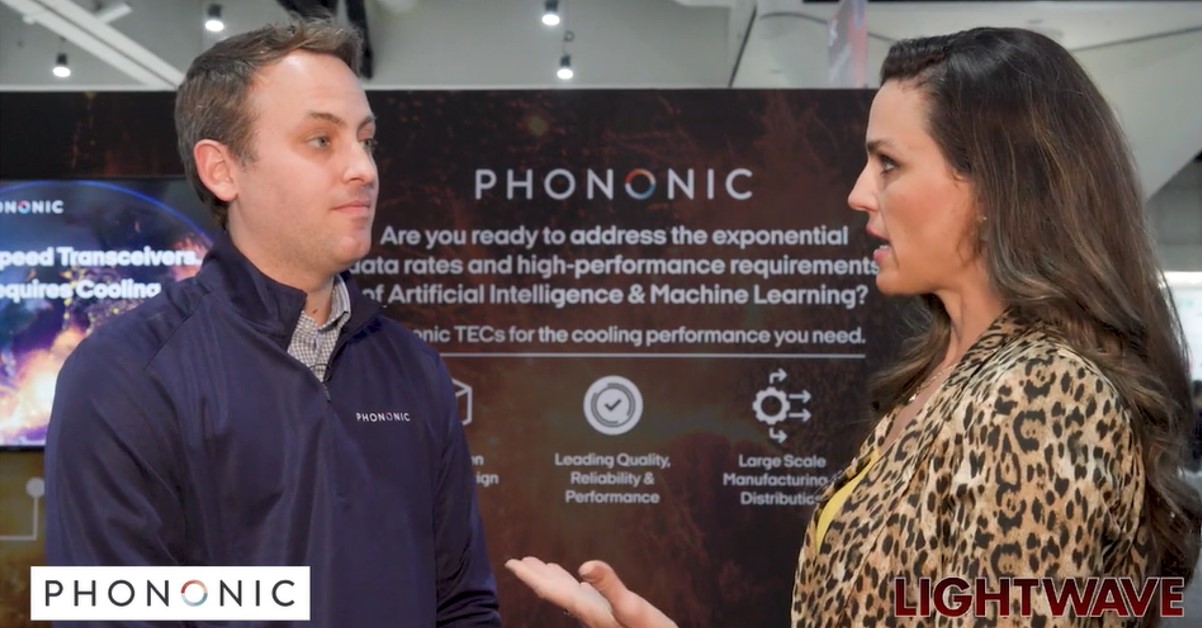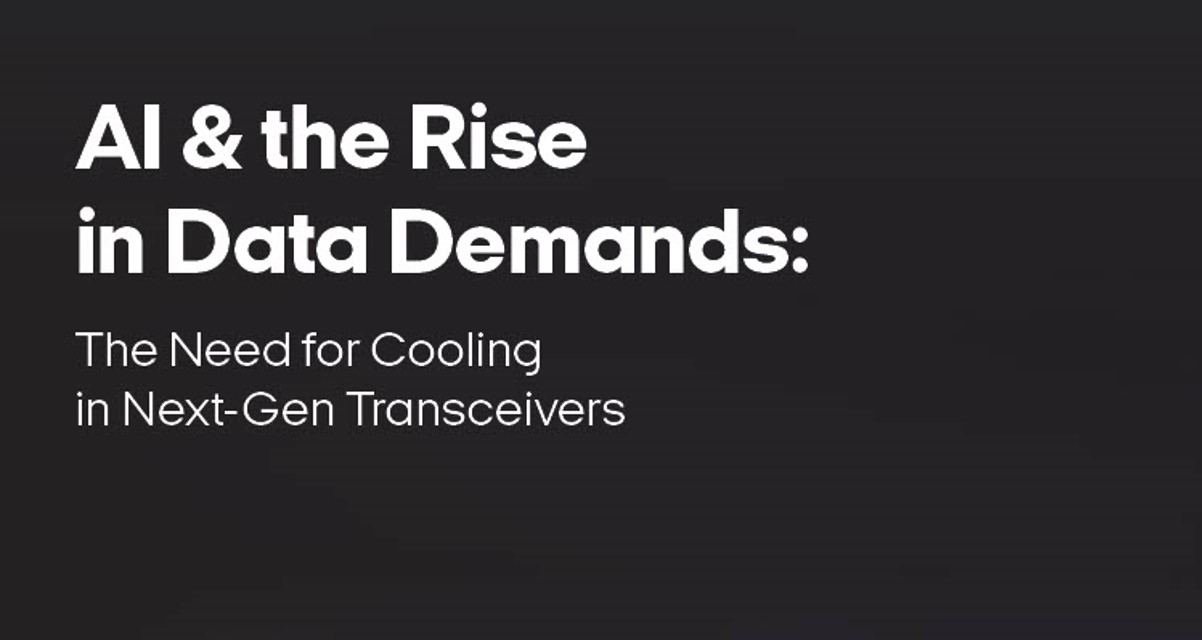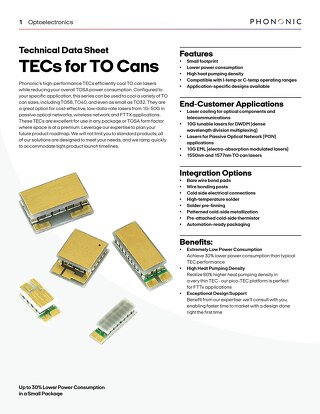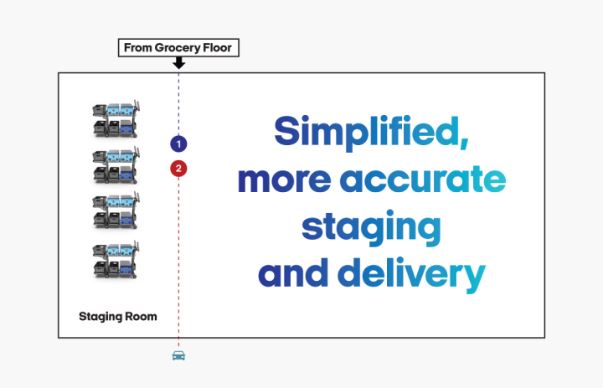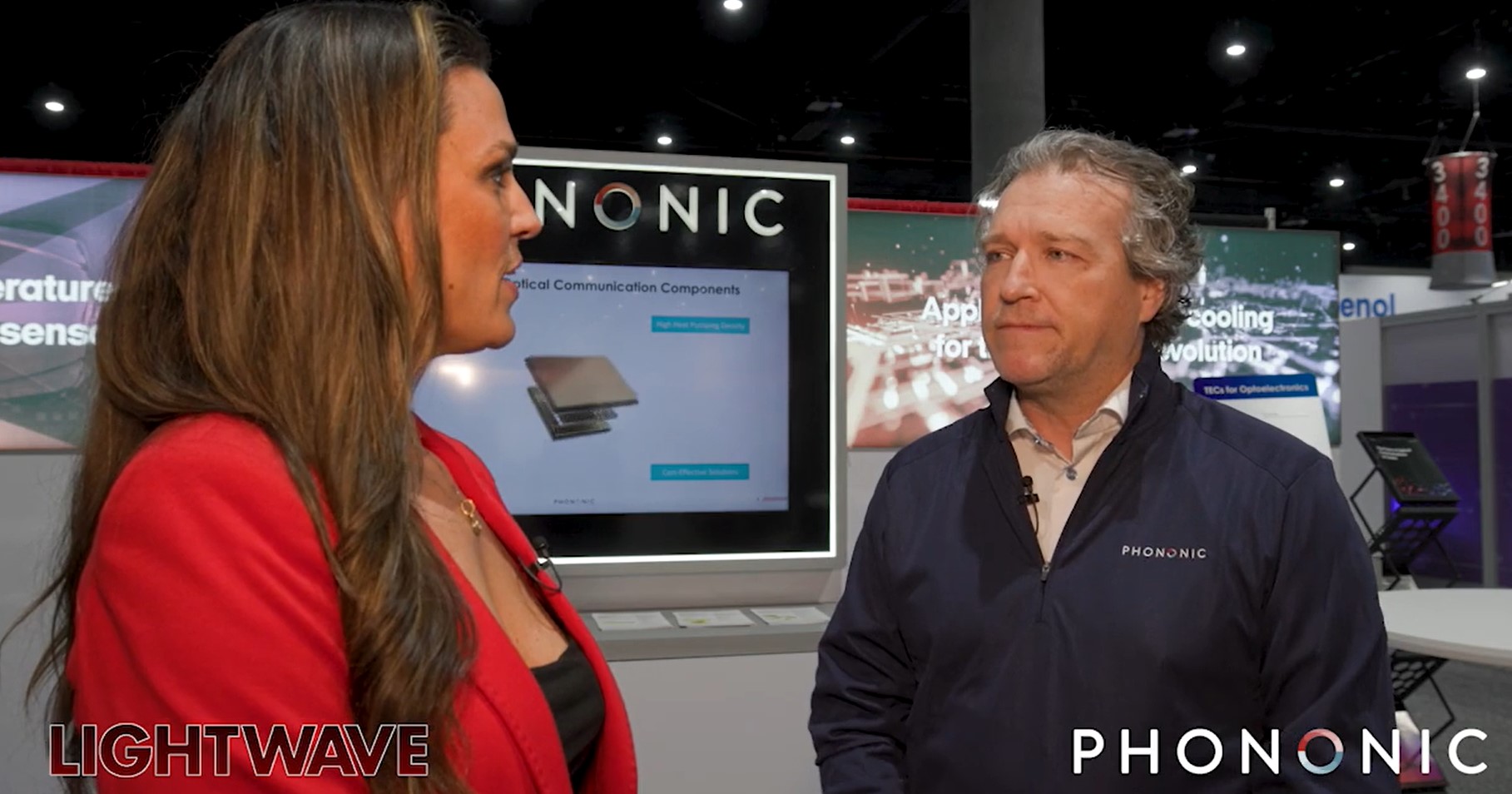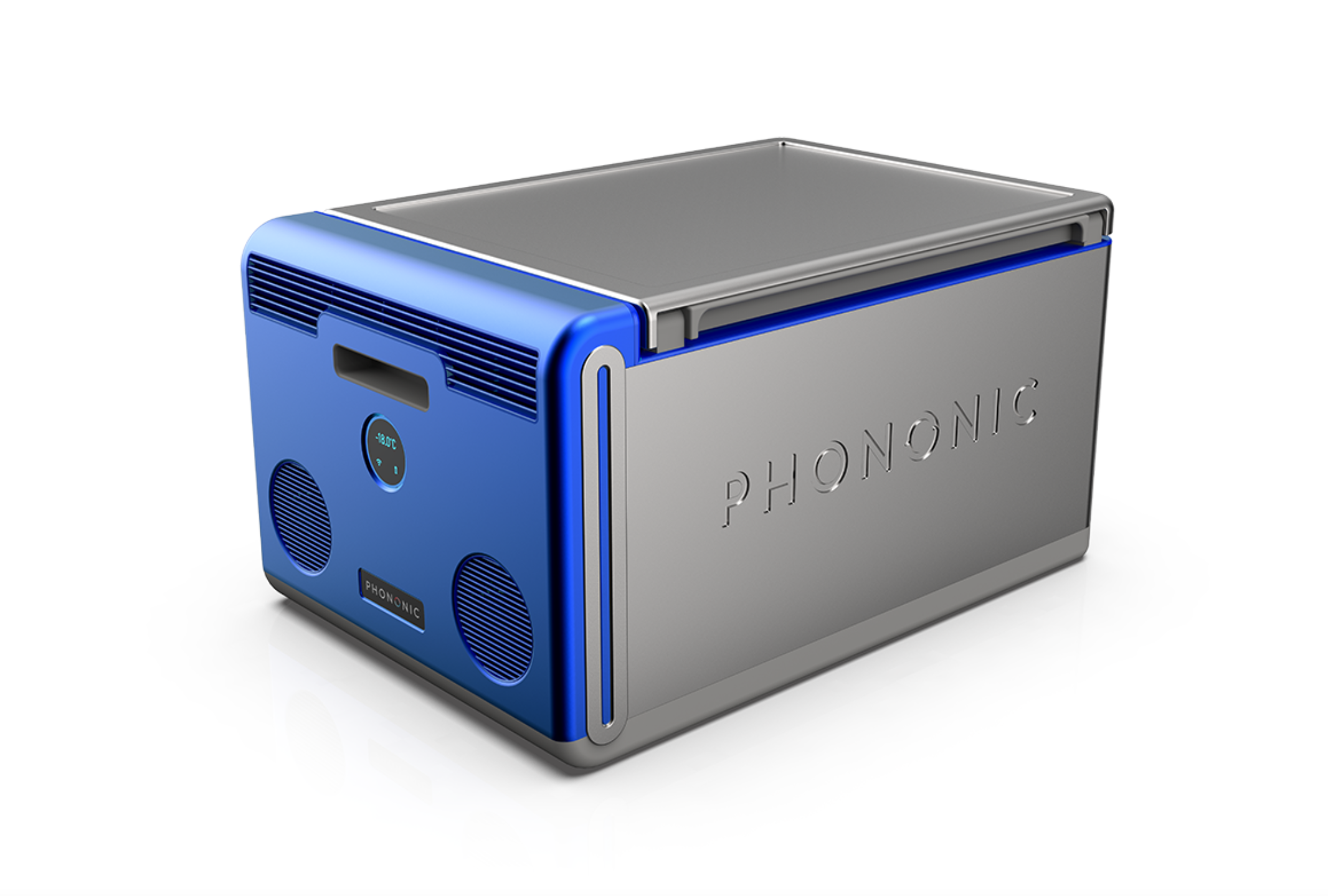Internet of Things (IoT)
June 17, 2019
First recognized as a concept in 1999, the Internet of Things (IoT) refers to a broad incorporation of mechanical, digital, and computing devices. These devices can be both natural or man-made. For something to fall within the IoT, it must be able to be assigned an IP address.
IoT devices also need to be able to transfer data over a network. Cell phones are very popular examples of IoT devices. Some other examples include a person with a heart monitor implant, a car with built-in sensors, a farm animal with an injectable chip, or any electronic appliance. If something is communicating with a network, it is a part of the IoT. According to the International Data Corporation (IDC), more than 12 billion devices currently connect to the Internet, covering the broad scope of the IoT.
What Makes the IoT?
One of the earliest examples of the IoT was found at Carnegie Melon University in the 1980s. A Coca-Cola machine on campus could connect to the Internet, so programmers could check the machine's stock before walking over to buy a drink.
Since then, the IoT has expanded to include technologies like wireless communication, micro-electromechanical systems (MEMS), and embedded systems. Home automation systems, GPS, and wireless networks are all a part of the IoT. These technologies communicate with each other to enable automation.
Understanding Transceivers
It may be easiest to understand the IoT as a wireless network of devices. And in order to communicate, these devices need transceivers. Transceivers allow a device to transmit and receive a signal.
Through these signals, IoT devices connect to each other. While the transmitted information can be stored locally, it's also stored in what's commonly called "the cloud". The information in the cloud is physically stored in central locations on servers in data warehouses.
Cooling IoT Systems
To keep the IoT running, the optical transceivers that power the cloud need to function well. The lasers that generate optical signal also generate a lot of heat. A critical challenge is optical transceiver cooling.
Phononic offers unique thermoelectric cooling (TEC) solutions to keep IoT networks running efficiently. Phononic TECs provide an innovative option for the optoelectronics industry. With 30% lower power consumption and 60% better heat packing density than standard alternatives, they deliver a consistently reliable edge over competitors.

